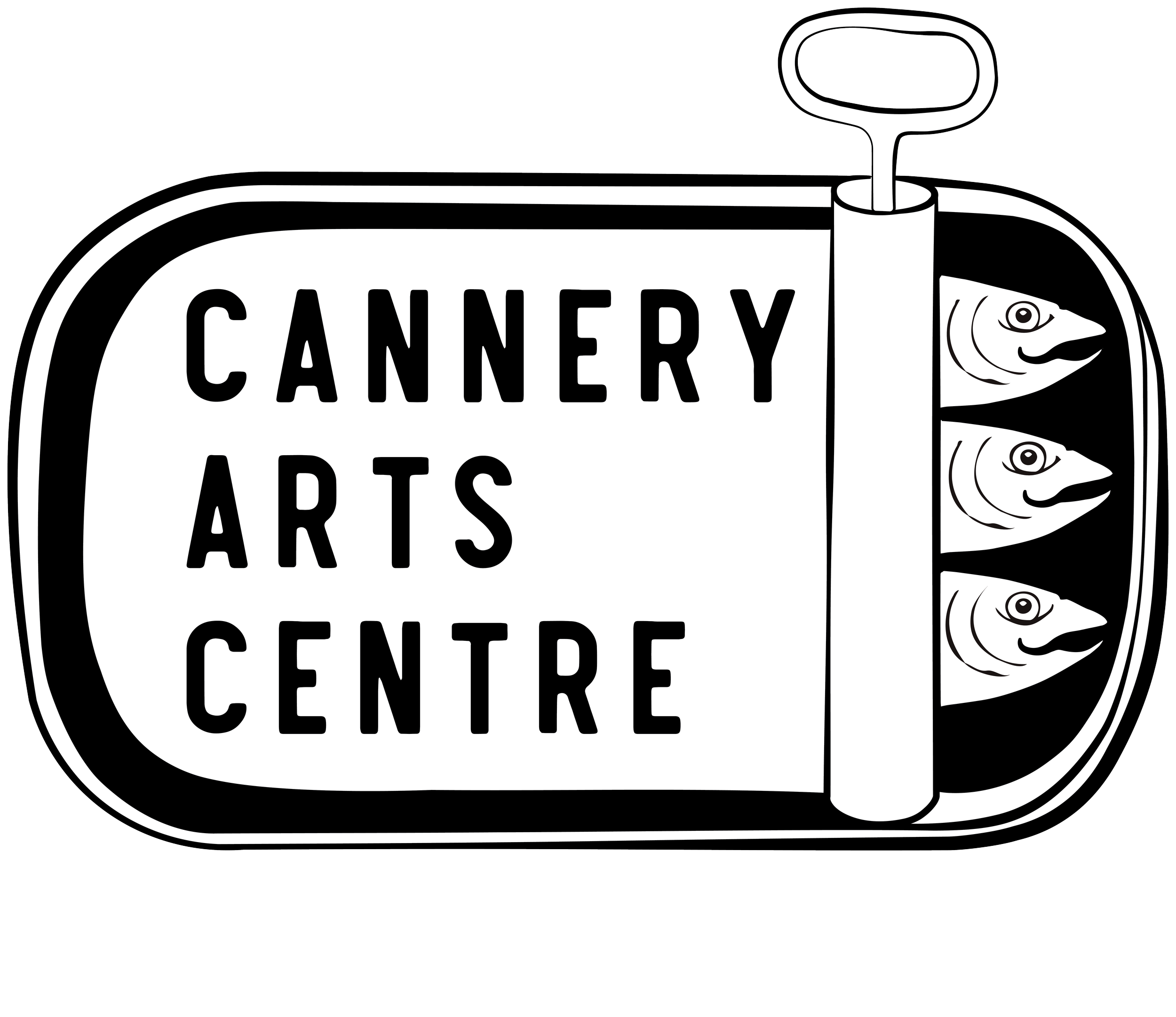Loren Kronemyer is an artist living and working in regional Lutruwita / Tasmania. Her works span objects, interactive and live performance, experimental media art, and large-scale worldbuilding projects aimed at exploring ecological futures and survival skills.
She works solo, and in collaboration as Pony Express. Her approach of deep and immersive research hasled her to foster collaborations with a number of niche societies, labs, and specialists. These include Australia's last broom factory, from whom she learned to make millet brooms for the project Millennial Reaper; and the World Archery federation, from whom she earned a coaching qualification for her project After Erika Eiffel, and the scientists at the International Centre for Radio Astronomy Research, with whom she developed her show Receiver. She received the first Masters of Biological Arts Degree from SymbioticA Lab at the University of Western Australia, and has a PhD from the University of Tasmania. Loren currently curates experiences for The Museum of Old and New Art and is the Creative Director of Art Farm Birchs Bay.
Loren’s residency is for the Circular Economies program, presented by SPACED in partnership with PICA (Perth Institute of Contemporary Arts). Circular Economies is a series of socially-engaged residencies in regional Western Australian communities over 2024-25, culminating in an exhibition at the Perth Institute of Contemporary Arts in 2026. The five artists and groups, House of Natural Fiber, Susan Hauri-Downing and Tarsh Bates, Loren Kronemyer, Mary Mattingly, and Ilona McGuire will respond to new contexts and communities to consider the ebb and flow of resources, both tangible and intangible, between regional and metropolitan communities and consider how communities are leading, resisting, and forging new solutions to finite resources.
For Stage 1 of her residency at the Cannery Arts Centre, Loren is interested in learning new practical skills with firearms, including new skills like sport shooting, clay pigeon making, and the logistics of firearm maintenance, ownership, and construction in both work and domestic contexts. This research is working towards a new project that explores historic and emerging trends in firearm culture, beginning with the muse of Annie Oakley. An American performance sharp shooter, Oakley was one of the first women to appear on film in 1894.
www.lorenkronemyer.com
Instagram
Photo by Matt Sav
This project is presented as part of Circular Economies, a program of residencies in regional Western Australia presented by SPACED in partnership with Perth Institute of Contemporary Arts. This project has been assisted by the Australian Government through Creative Australia, its principal arts investment and advisory body, and the Department of Local Government, Sport and Cultural Industries.

